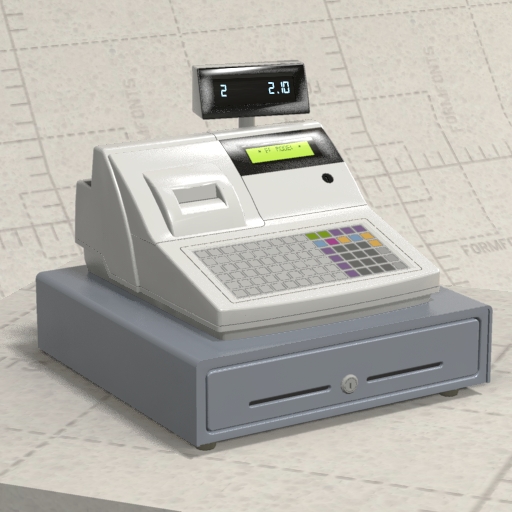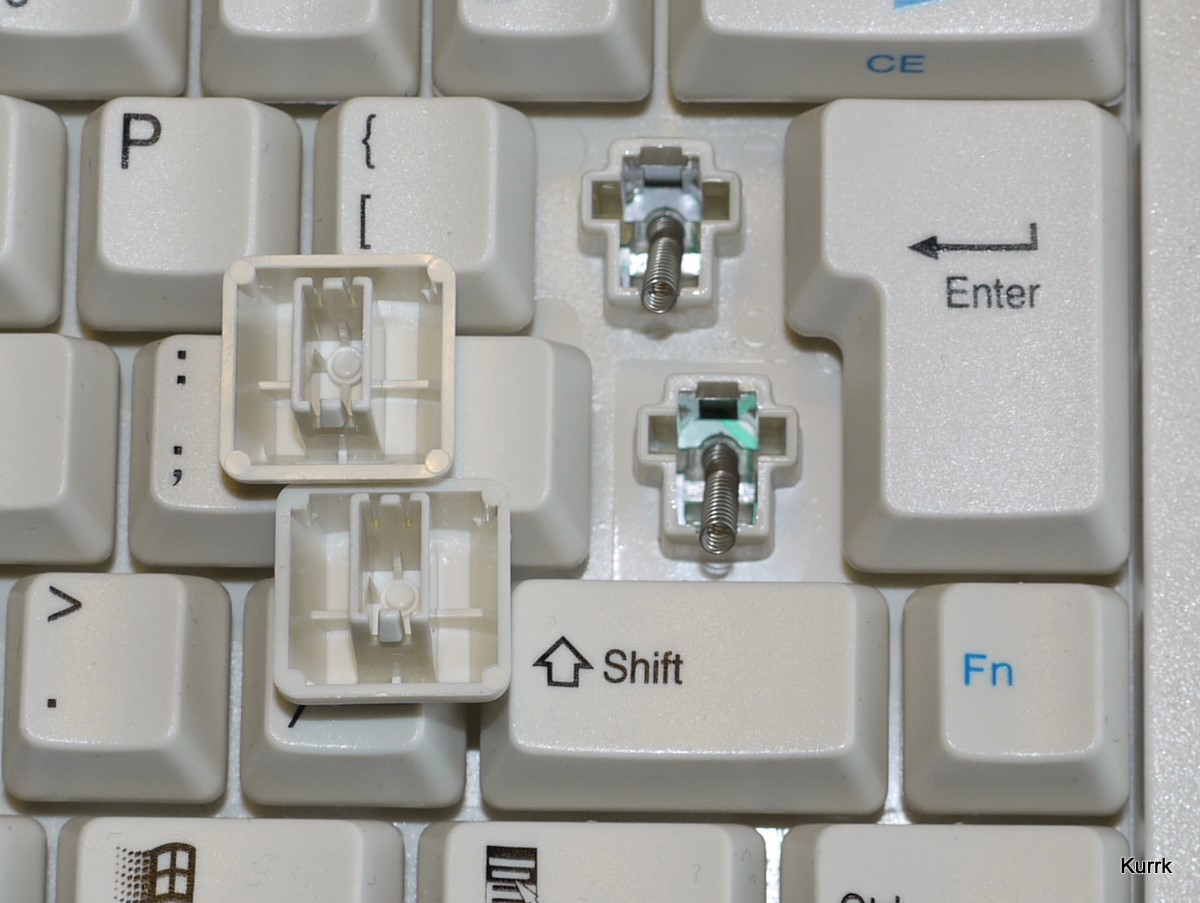It’s difficult to teach young architects how to make objects (and surrounding spaces) relate to one-another in an intentional way. Intentionality requires the mastery of abstract concepts like order, harmony, contrast, proportion, scale and repetition.. not to mention enviable craft in physical 3D model making.
The rigors of real-world spatial literacy are also no match for the ease of digital form finding. Using powerful and accessible 3D modelers like Rhino and SketchUp, first year students can produce visually stunning and sophisticated forms, albeit with almost no intentionality.
Only the best design studio instructors have the discipline, creativity, and skill to substitute rigor for reward. And even then, they are few and far between. Consequently, 3D software has effectively destroyed what little pedagogy (if any) schools of architecture were able to muster previously.
Well, so much for intentionality. It’s all about expressiveness these days anyway!
Perhaps that’s why I love the new exhibition of Danish Artist Tommy Støckel’s work. Støckel uses off-the-shelf materials like printer paper and styrofoam to build environments that look startlingly digital.

Fig 1 – Paper-Made Art Installation of Berlin-based Danish Artist Tommy Støckel.
Støckel has worked in digital media before, and it seems clear he enjoys bending the representational limits of digital vs. analog. In 2007, he used Second Life to build Primitive Collection Field, a piece of land art that completely subverted the meaning of the term.
In his Escher-esque installation (below), Støckel lifts implied dimensionality from a 2D pattern of shade and shadow, gently into 3-dimensional space. And it’s these representational paradoxes – the shifts between 2D and 3D, pixel and voxel, and digital vs. analog, that seem to inform Støckel’s work on an ongoing basis.


Fig 2 – 2006 Installation view – Frankfurter Kunstverein.
Architecture design studio instructors could learn a lot from Støckel’s work – it reinvents traditional craft in a digital idiom that is fun, sophisticated, and accessible to a net-native generation of new young designers.
Why does it matter? Design is a procedural art of decision-making. Without physical craft, there is no impedance to design thinking. Naive designers are trapped in a friction-free media, and cannot access the economy of decision-making that comes from real-world physicality.
Thanks for reading and subscribing to FromFonts 3D Models.
Author – Fred Abler.
Read more:
















